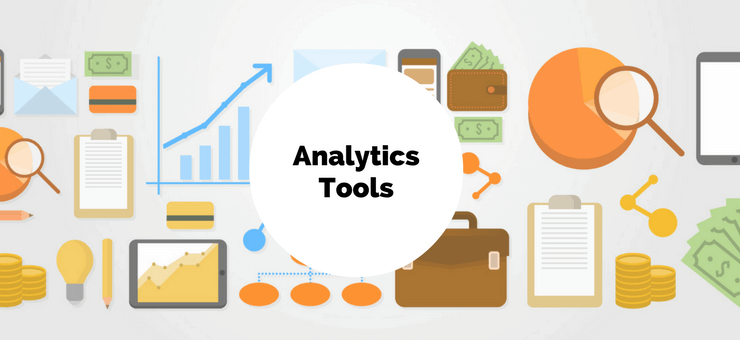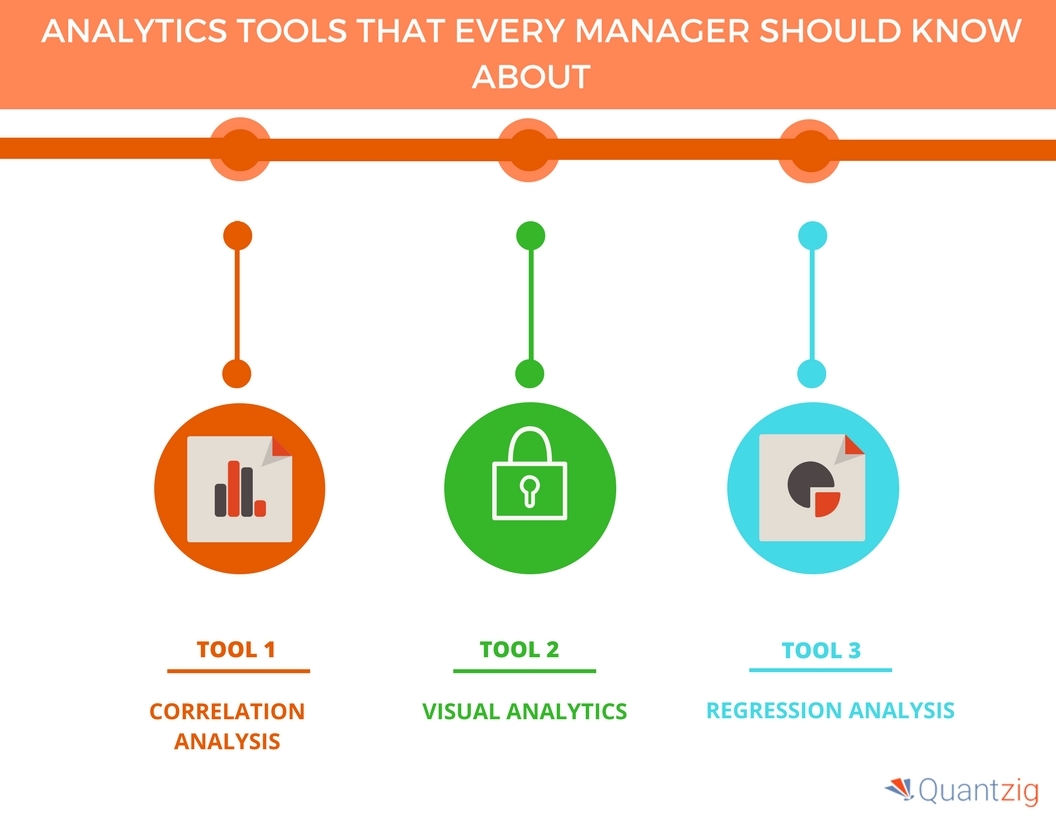Increase Efficiency and Productivity With Data Analytics
In today's data-driven landscape, organizations are increasingly identifying the crucial function of information analytics in improving functional efficiency and success. By methodically analyzing data, companies can uncover vital insights that notify strategic decisions, streamline procedures, and dressmaker customer experiences.
Understanding Information Analytics
In today's data-driven landscape, understanding information analytics is important for companies aiming to improve functional effectiveness and drive profitability. Data analytics includes the methodical computational evaluation of data sets to uncover patterns, correlations, and insights that inform decision-making. By employing various strategies, such as statistical evaluation, artificial intelligence, and predictive modeling, organizations can transform raw data right into workable knowledge.
The process commonly starts with information collection, where appropriate info is collected from multiple sources, consisting of transactional databases, customer communications, and market patterns. This data is then cleaned up and organized to ensure accuracy and uniformity. As soon as the data is prepared, analytical tools and software are used to discover and envision the details, making it possible for stakeholders to identify abnormalities and trends.
Inevitably, comprehending information analytics empowers companies to make educated decisions based on empirical proof instead of instinct. It facilitates targeted approaches that can maximize resource appropriation, enhance client satisfaction, and improve overall efficiency. As companies progressively identify the worth of data-driven insights, a strong grip of data analytics comes to be a vital competency for teams and leaders alike, placing them for continual success in an affordable setting.

Key Advantages for Businesses
Services that take advantage of information analytics can unlock a wide variety of benefits that considerably enhance their operations and profitability. Among the key benefits is boosted decision-making. Information analytics offers workable insights acquired from real-time data, allowing companies to make enlightened options that line up with market needs and customer preferences.

Furthermore, data analytics promotes enhanced client experiences. By comprehending client behaviors and preferences, services can customize their offerings, resulting in raised complete satisfaction and commitment. This individualized technique usually leads to higher conversion rates and repeat organization.
Furthermore, data analytics allows businesses to recognize arising fads and possibilities. By staying ahead of the contour, companies can maximize new markets and innovations prior to their competitors.
Applying Data-Driven Approaches
Successful implementation of data-driven techniques needs a detailed understanding of both offered information and organizational objectives sources. Organizations should first define their objectives plainly, making certain alignment in between information efforts and calculated purposes. This clarity allows groups to concentrate on appropriate metrics and understandings that drive decision-making.
High-grade data is essential for precise analysis, as inadequate data can lead to illinformed strategies and lost resources - Analytics. Organizations must establish procedures for data collection, cleaning, and monitoring to keep information honesty.
Furthermore, promoting a data-driven culture is essential. Staff members in all degrees must be encouraged to utilize information in their day-to-day procedures. Training workshops and programs can boost information literacy, equipping personnel to make educated decisions based on analytical insights.
Tools and Technologies Introduction
A durable collection of technologies and tools is crucial for companies aiming to harness the full possibility of information analytics. These tools facilitate the collection, handling, and visualization of data, making it possible for visit this website organizations to acquire actionable understandings.
At the fundamental degree, information monitoring platforms such as SQL data sources and NoSQL systems offer reliable data storage and access capacities. For data handling and evaluation, shows languages like Python and R, together with frameworks such as Apache Flicker, allow complex computations and artificial intelligence applications.
Visualization More Info devices, consisting of Tableau and Power BI, transform raw information right into intuitive graphical layouts, making insights accessible to stakeholders whatsoever levels. Additionally, cloud-based platforms like Google Cloud and AWS provide scalable storage space and processing services, fitting the expanding quantities of information organizations experience.
For advanced analytics, predictive modeling and AI-driven solutions are significantly adopted, permitting companies to forecast patterns and improve decision-making processes. Incorporating these devices right into existing operations is extremely important; organizations that effectively leverage this modern technology can substantially improve functional performance and drive earnings. Hence, investing in the right tools and technologies is a tactical important for any data-driven company.
Case Researches of Success
Leveraging information analytics has actually led numerous organizations to attain remarkable improvements in effectiveness and productivity. One noteworthy instance is a huge retail chain that carried out predictive analytics to optimize inventory administration. By analyzing historic sales data and consumer patterns, the business decreased excess inventory by 30%, bring about considerable expense savings and enhanced capital.
One more example can be located in the production sector, where a leading auto maker made use of information analytics to enhance its production procedures. By keeping track of maker performance in real-time, the company determined traffic jams and inadequacies, resulting in a 20% increase in general equipment performance (OEE) This not only enhanced production rates however additionally lessened downtime and upkeep prices.

These case researches illustrate how data analytics can drive strategic decision-making, optimize processes, and eventually improve both efficiency This Site and productivity throughout numerous markets.
Final Thought
In verdict, the assimilation of data analytics into business procedures offers significant opportunities for enhancing effectiveness and productivity. By methodically analyzing information, companies can recognize inadequacies, optimize consumer experiences, and make informed choices.
In today's data-driven landscape, recognizing data analytics is necessary for companies intending to boost functional efficiency and drive productivity. Data analytics includes the systematic computational analysis of information collections to reveal patterns, connections, and insights that inform decision-making. Information analytics provides actionable understandings obtained from real-time information, permitting services to make enlightened options that align with market demands and consumer preferences.
High-quality data is necessary for exact analysis, as inadequate data can lead to illinformed techniques and squandered resources. Organizations should develop processes for data collection, cleansing, and management to keep data integrity.